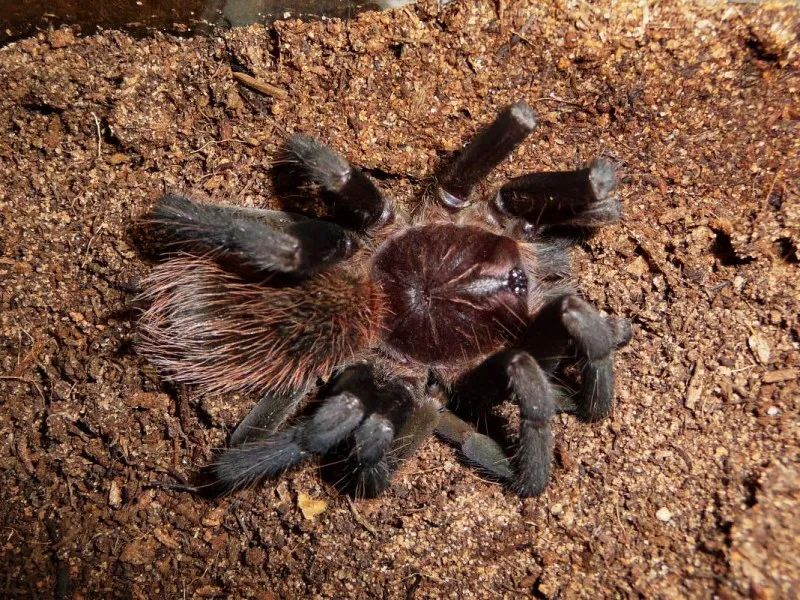How Often Do Tarantulas Molt?
Molting is a fundamental biological process for tarantulas, essential for growth and overall health. It involves shedding the exoskeleton, which is a rigid outer layer that doesn’t grow. As tarantulas mature, the frequency of molting changes, but the process is always a significant event in their lives. Understanding how often a tarantula molts is crucial for responsible pet ownership, as it helps owners provide proper care and recognize potential issues. The frequency of molting varies, influenced by several factors, including the tarantula’s age, species, and environmental conditions.
Factors Influencing Molting Frequency
Several factors influence how often a tarantula molts, from their life stage to the environment they live in. These factors work together to dictate the molting schedule, so it is important to consider each of them. Recognizing these influences helps owners anticipate molting, adjust care accordingly, and ensure the tarantula’s wellbeing during this vulnerable period. Different aspects influence the molting frequency that every tarantula owner should know about.
Age and Molting
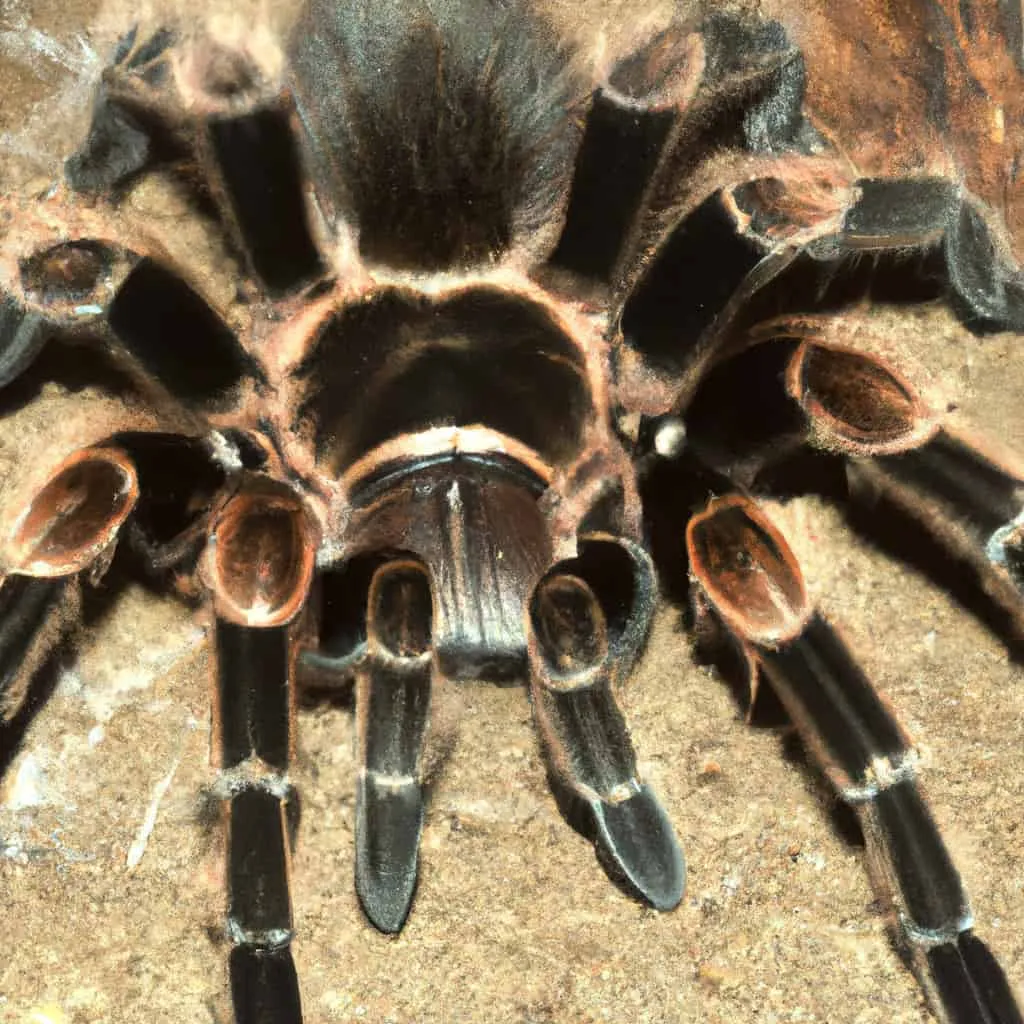
The age of a tarantula is a primary determinant of molting frequency. Spiderlings and juvenile tarantulas, being in their rapid growth phase, molt more frequently. These young tarantulas might molt every few weeks or months as they grow, shedding their exoskeletons to accommodate their increasing size. As tarantulas mature into adults, the molting frequency decreases significantly. Adult tarantulas typically molt once a year or even less often, sometimes only every other year. This is because their growth slows down dramatically once they reach adulthood.
Growth Stage and Molting
The overall growth stage of the tarantula also dictates how often they molt. Tarantulas go through different stages as they grow. During the initial stages, molting occurs frequently to accommodate rapid growth. The tarantula must shed its exoskeleton to gain size. As the spider reaches maturity, the need for molting diminishes, and the intervals between molts become longer. This shift reflects a slowdown in the spider’s growth rate. The timing of molting also depends on the species and the conditions the tarantula lives in.
Species and Molting
Different tarantula species have varying molting patterns. Some species are known to molt more frequently than others, influenced by their genetics, natural habitat, and overall physiology. For example, faster-growing species may tend to molt more often during their juvenile phases compared to slower-growing ones. Researching the specific molting habits of a tarantula species is crucial for providing appropriate care. This includes understanding the expected molting frequency, the signs of an impending molt, and how to create an optimal environment to support the process. (Image of different tarantula species)
Environmental Conditions and Molting
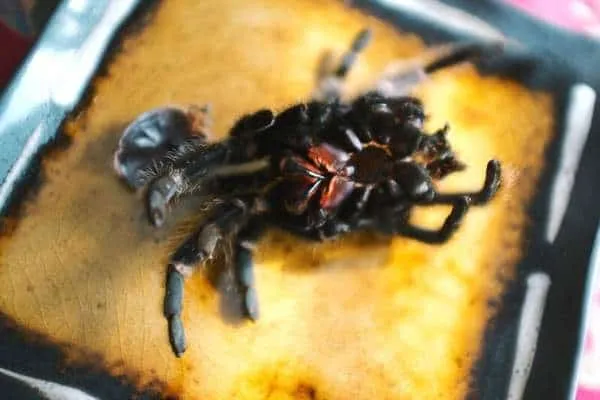
The environment in which a tarantula lives plays a significant role in its molting schedule. Factors like temperature, humidity, and diet contribute to the frequency and success of molting. Creating an optimal environment is key to ensuring the tarantula’s health and wellbeing throughout its life cycle. A stable, appropriate environment minimizes stress and supports healthy molting. Understanding the environmental needs specific to the tarantula species is an important part of responsible pet ownership.
Temperature and Molting
Temperature impacts the tarantula’s metabolism and, consequently, its molting frequency. Warmer temperatures can speed up the metabolism and potentially increase the molting frequency, especially in younger tarantulas. Conversely, cooler temperatures can slow down the metabolism and decrease molting frequency. It’s important to maintain the correct temperature range for the species to avoid stressing the tarantula. Fluctuations in temperature can disrupt the molting cycle, leading to health issues. (Image of a tarantula in a warm environment)
Humidity and Molting
Humidity is another critical factor influencing molting. Adequate humidity helps the tarantula shed its exoskeleton smoothly. Low humidity can make molting difficult, potentially leading to problems like retained molts, where the old exoskeleton doesn’t fully shed. Conversely, excessive humidity can lead to other issues. It’s crucial to maintain the correct humidity levels specific to the tarantula species. Monitoring and adjusting humidity levels ensures successful and safe molting. (Image of a tarantula in a humid environment)
Diet and Molting
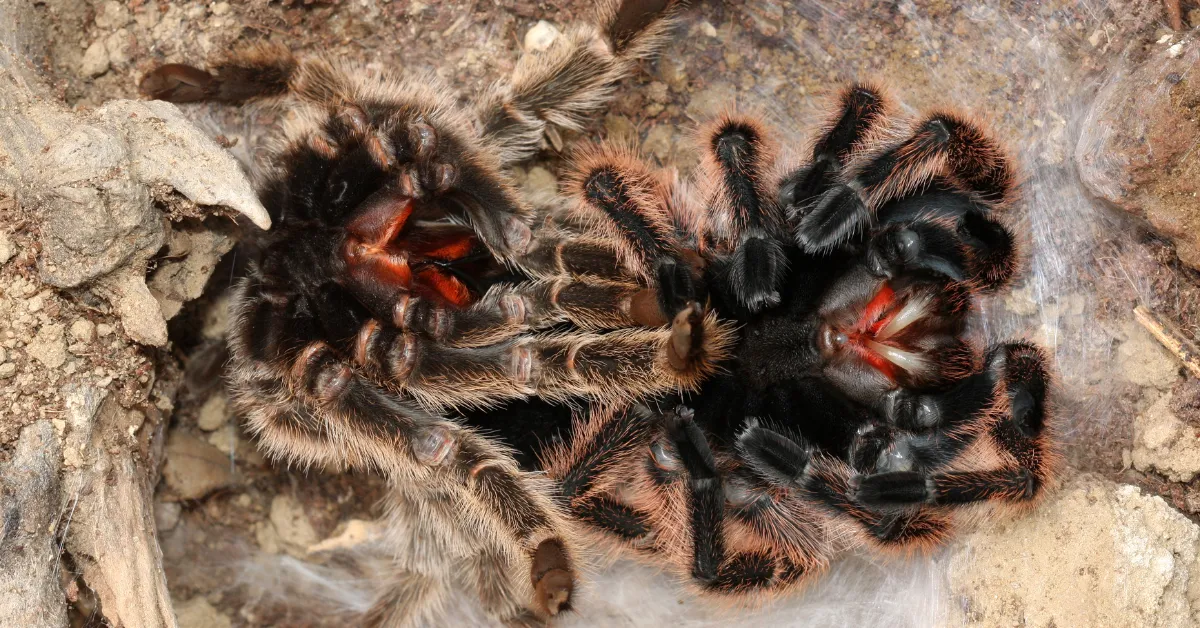
Diet also affects how often a tarantula molts. A well-balanced diet provides the necessary nutrients for growth and the molting process. Adequate nutrition helps the tarantula build a new, healthy exoskeleton. Overfeeding can lead to faster growth and more frequent molting. Undernourishment can slow down growth and delay molting. Providing a proper diet ensures the tarantula has the energy and resources needed for successful molting, contributing to its overall health and wellbeing. (Image of a tarantula eating a cricket)
Signs Your Tarantula Is About to Molt
Recognizing the signs that a tarantula is about to molt helps owners prepare appropriately and avoid disturbances. Molting is a vulnerable time for tarantulas, so recognizing these signs and providing a safe environment is essential. There are several behavioral and physical changes that signal an upcoming molt. Being attentive to these signs allows owners to provide the best possible care during this critical phase.
Changes in Appearance
Changes in appearance are often the first indicators of an impending molt. The tarantula’s abdomen may appear darker, or the skin may look stretched and shiny. The exoskeleton may also appear dull or faded, as the new, softer exoskeleton forms underneath. These changes signal the separation of the old and new exoskeletons. Observing these subtle shifts can help owners anticipate the molting process. Being aware of these appearance changes can help owners prepare the enclosure and provide the appropriate support.
Behavioral Changes
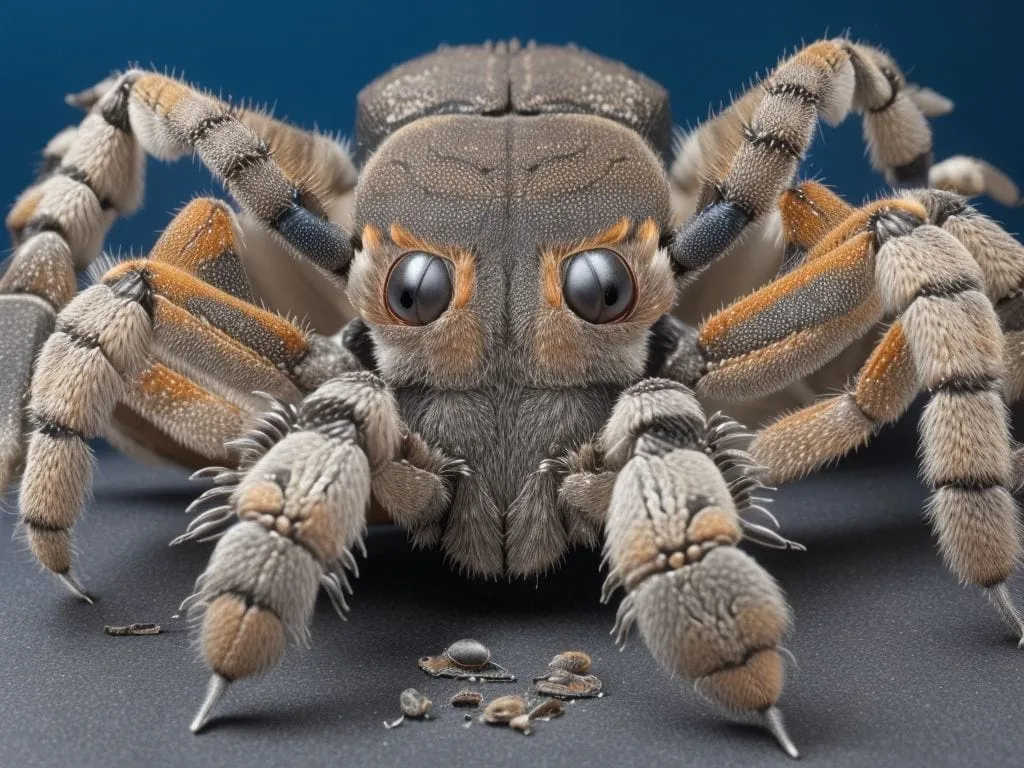
Behavioral changes are also typical signs of an upcoming molt. Tarantulas often become less active, spending more time hiding and avoiding disturbances. They may refuse food, which is a common indicator. Some tarantulas seal themselves off in their burrows or create a web mat in preparation for molting. The tarantula may also display a change in posture, such as lying on its back. Recognizing these behavioral cues can help owners create a calm and safe environment for the tarantula during this vulnerable time. (Image of tarantula hiding)
Preparing for a Molt
Preparing for a tarantula molt involves creating a safe and undisturbed environment. This includes providing the right conditions and minimizing any potential stressors. Tarantulas are vulnerable during molting, so taking the necessary precautions ensures their safety. Preparing the enclosure helps minimize risks and supports the tarantula’s health during the molting process. Simple steps can make a big difference in the success of the molt.
Creating a Safe Environment
A safe environment includes ensuring the enclosure is clean, stable, and free of hazards. Remove any potential dangers, like sharp objects or items that could injure the tarantula. Maintaining the correct temperature and humidity levels, as discussed previously, is also essential. Providing a suitable substrate for the tarantula to molt on can help the process. Make sure the enclosure is properly secured to prevent escape or outside disturbances. Preparing the enclosure is a fundamental aspect of supporting a successful molt.
Avoiding Disturbances
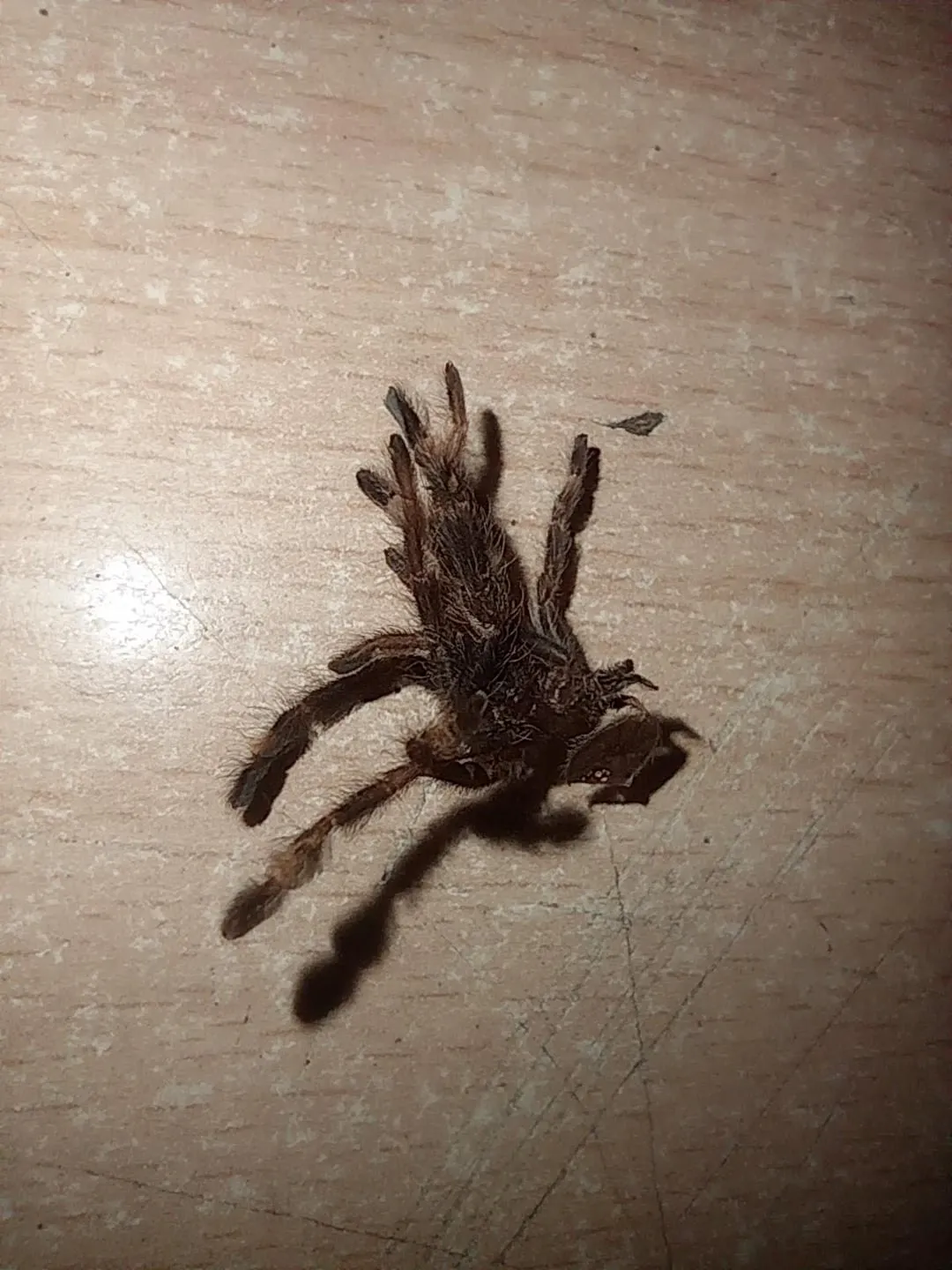
Avoiding disturbances is crucial during the molting process. Keep the enclosure in a quiet location away from excessive noise or vibrations. Minimize handling or any interactions with the tarantula. Avoid any unnecessary cleaning or maintenance of the enclosure. Providing a dark, secluded space can help the tarantula feel secure. Reducing stress ensures the tarantula can molt without interruption. These actions protect the tarantula during its most vulnerable period.
Post-Molt Care
Post-molt care is just as critical as the preparation phase. The tarantula is vulnerable after molting, so proper care is vital to its recovery and wellbeing. Reintroducing food gradually and monitoring the tarantula for any issues are important aspects of post-molt care. Knowing how to care for a tarantula after it molts is essential for responsible pet ownership.
Reintroducing Food
After molting, the tarantula’s fangs and exoskeleton are soft and not yet fully functional. Wait a few days before offering food to allow the tarantula to harden. Start with a small, soft food item, such as a pre-killed insect. Ensure the tarantula can safely handle the food without injury. Gradually increase the size of the meals as the tarantula recovers. Proper feeding ensures the tarantula regains its strength and starts growing. (Image of a tarantula eating a small insect)
Monitoring for Recovery
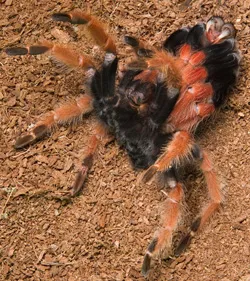
Monitor the tarantula for any signs of issues during recovery. Observe the tarantula’s behavior, ensuring it is active and behaving normally. Check for any physical abnormalities, such as deformities or injuries. Make sure the tarantula can move comfortably and use its fangs correctly. If any problems arise, consult a veterinarian specializing in exotic animals. Careful monitoring helps ensure a healthy recovery from the molting process.
Top 5 Facts About Tarantula Molting
Fact 1 Molting can be infrequent for adults
Adult tarantulas typically molt once a year or even less, sometimes every other year. This is a significant shift from the frequent molting of younger tarantulas.
Fact 2 Molting is crucial for growth
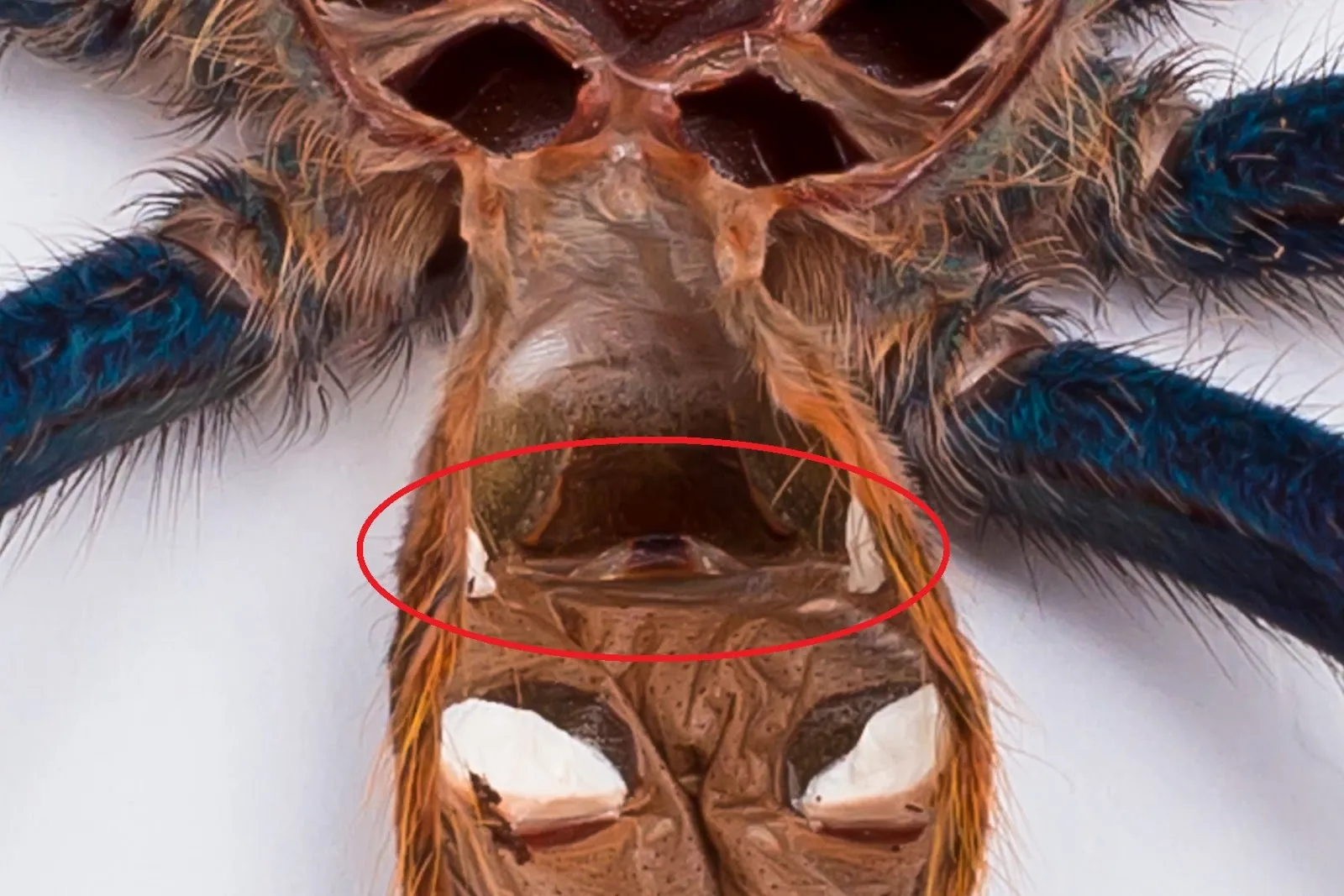
Molting is the only way tarantulas can grow. The exoskeleton does not expand, so they must shed it to get bigger.
Fact 3 Molting can be dangerous
During molting, tarantulas are vulnerable. They are essentially defenseless until the new exoskeleton hardens.
Fact 4 Molting improves health
Molting removes parasites and damaged tissue, improving the overall health of the tarantula.
Fact 5. Avoid handling a tarantula during or after molting
Do not handle a tarantula during or immediately after molting, as their fangs and exoskeleton are soft and easily damaged.
